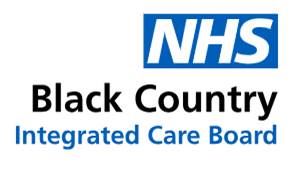Sending Medical Photographs
Although photographing sometimes seems simple, there are a few rules of thumb that will make it much easier for your doctor to be able to make a diagnosis.
- Adequate lighting – Please make sure the area is well lit. Not flooded with light, but enough light to make the area (for example, a mole on your arm) clear to see and stand out from the surrounding skin.
- Use a plain background – A light coloured sheet or a light coloured wall is ideal.
- Some sort of scale – It is important to be able to tell the size of the lesion, so place a tape measure or ruler alongside it. Alternatively, something like a 5p or 10p piece coin alongside will be very helpful.
- Indication of location – In some photographs, it can be very difficult to tell what part of the body the photograph is of. Please make this clear, either in the photograph or in the accompanying message. The side of the body (right or left) is also important. Sometimes you need to take several photos, one from a distance to show location, and closer ones to show detail. Please do not send photographs which show intimate parts of your body. We will not ask you to send any photographs if a rash/lump is in such an area.
- Indication of orientation – It can sometimes be difficult to tell which way up a photograph is. Please try to make it clear on the photograph which way is up.
- Identification (name, date of birth, and date of photo) – We need the details of who the photograph is of. We will need both name and date of birth. This is because some photos we are sent are of a relative (or even a neighbour). We need to make absolutely sure the photos go in the right set of notes. Each photo should include these details on it. We suggest you write these details on a piece of paper and include it in the photograph if possible.
- Make sure it is in focus – You would be surprised at the number of images we get sent that are blurry. Please do your best to make the photos clear and sharp.
- Consent – Be aware that photographs sent to your doctor form part of your medical record, and will be filed within the record for this reason. When you send photographs you consent it to be a part of your records. They also might have to be sent on to a specialist for further advice (this is another reason for needing the patient identification details requested above).
Page last reviewed: 29 June 2023
Page created: 29 June 2023
Page created: 29 June 2023
